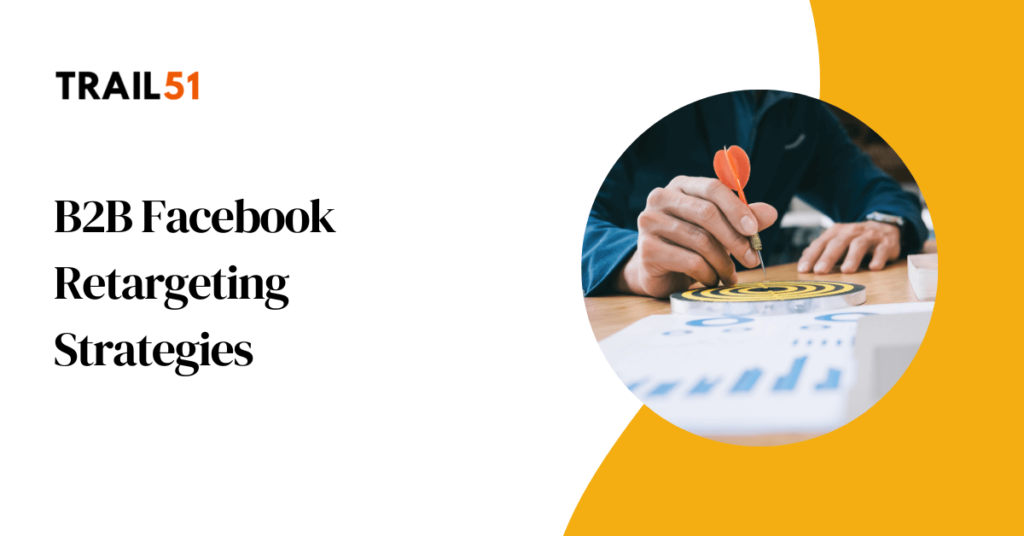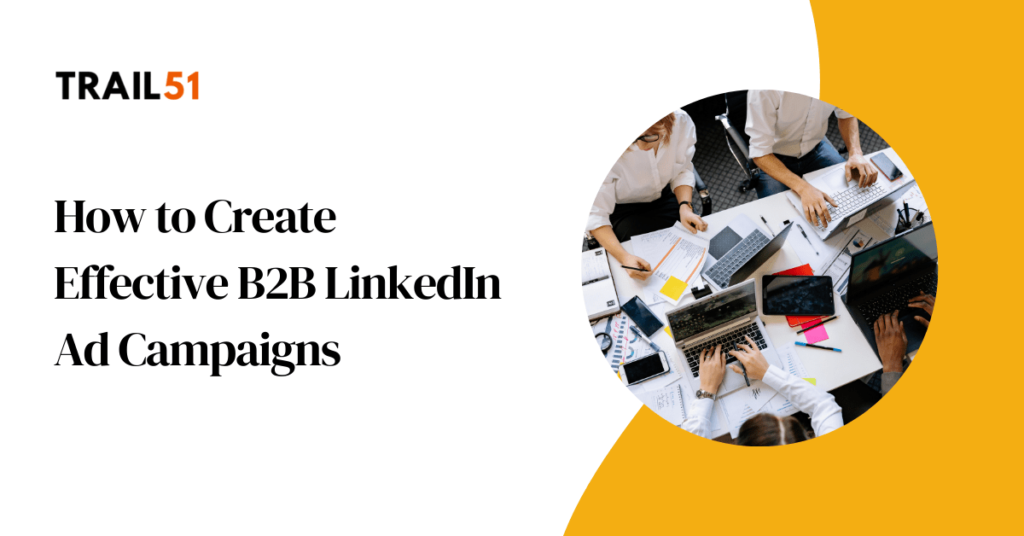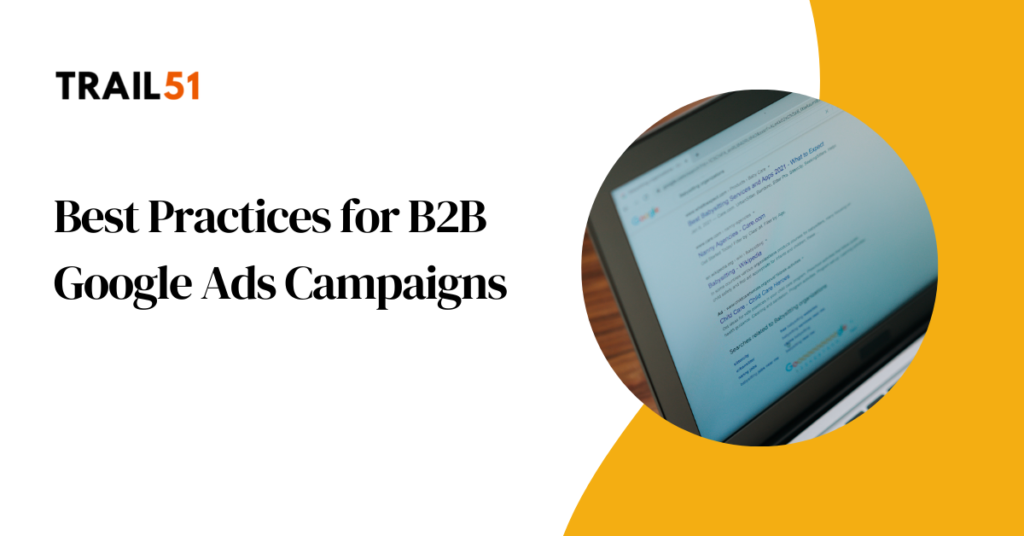Key Takeaways
- B2B Facebook Retargeting connects ads with users who have already shown interest in a business.
- Custom audiences are important for segmenting website visitors, email contacts, and social media engagers.
- Combining all warm audiences in a single ad set can simplify retargeting efforts.
- Longer retention periods capture a wider audience over time.
Introduction
In B2B marketing, reaching decision-makers isn’t just about first impressions; it’s about persistence. Retargeting on Facebook and Instagram ensures your brand stays in front of the right people, reminding them why your solution matters. This article covers B2B Facebook Retargeting strategies, exploring how custom audiences, smart segmentation, and advanced tools can drive higher conversions.
What Is Facebook Retargeting for B2B?
B2B Facebook Retargeting involves showing ads to individuals who have already engaged with a company’s brand, such as by visiting a website or opening a lead form. Compared to reaching completely new audiences, retargeting focuses on users who are already familiar with the brand.
Why It Works
People familiar with your brand are more likely to act. For example, retargeting website visitors yields higher click-through rates (CTR) than targeting cold audiences. And in B2B, retargeting nurtures leads through complex, longer sales funnels.
How Facebook retargeting works?
It relies on tracking tools such as the Meta Pixel, customer data list and Meta sources. For example, thanks to Meta pixel, when someone visits a page or shows interest in a specific product or service, ads can later appear in their Facebook or Instagram feed. Because this audience has prior exposure to the business, they are more likely to pay attention to future messages or offers.
In a B2B marketing context, retargeting is an important method of keeping a brand visible during an extended decision process. This can include linking to resource materials or case studies, which may inform potential buyers and guide them toward a purchasing decision.
Custom Audiences for B2B Retargeting
Custom audiences for B2B can be created in Meta Ads Manager using two main categories: “Your Sources” and “Meta Sources.”
Your Sources
Website Visitors
Using Meta Pixel, you can track visitors and group them into segments:
- All Visitors: Include everyone who visited your site.
- Specific Pages: Target users who viewed pricing or product pages.
- Time-Based: Set a retention period of up to 180 days.
Example: A software company retargets users who visited their demo page with an ad offering a free consultation.
Pro Tip: Use URL-specific targeting to highlight key offers or content.
Customer Lists
Upload email lists or CRM data to create targeted audiences. Meta even allows you to prioritize high-value customers by including a purchase value column.
Tip: Platforms like Mailchimp integrate seamlessly with Meta, simplifying list uploads.
Meta Sources
Retarget audiences who interacted with your business within Meta platforms:
- Video Viewers: Include users who watched a specific percentage (e.g., 25%, 50%, or more) of your video.
- Lead Forms: Retarget users who opened or submitted lead forms. You can also focus on those who didn’t complete submissions for additional engagement opportunities.
- Facebook Events: Engage attendees or those who expressed interest in your events hosted on Facebook.
- Instagram Account: Target users who interacted with your Instagram profile, such as liking posts or viewing stories.
- Facebook Fan Page: Retarget users who engaged with your Facebook Page through comments, likes, or messages.
These sources provide diverse ways to reconnect with warm leads who are already aware of your brand, leveraging Meta’s advanced audience segmentation tools.
Setting Up Retargeting Campaigns
When creating retargeting B2B campaigns, the recommended practice is to use the longer retention periods: e.g 90 or 180 days for web audiences and 365 days for video or social engagement audiences. This ensures that all potential leads remain in the retargeting pool for as long as possible.
Combining all warm audiences into a single ad set can allow Meta’s algorithms to locate the best opportunities for conversions. Using additional demographic filters such as age or gender is generally avoided, since Meta’s system can determine which segment is most likely to respond.
Advantage Plus Audience may reach a wider group resembling the retargeting list, while Original Audience confines ads strictly to that predefined group. In situations where the goal is to focus solely on leads who have already engaged, choosing Original Audience and turning off “Advantage Custom Audience” is advised.
Summary: Extended retention periods and a combined warm-audience approach can optimize delivery and reduce over-segmentation in retargeting campaigns
Advanced Retargeting Strategies
Retargeting is most effective when combined with thoughtful strategies that maximize engagement and conversions. The goal is to use audience data, creative content, and platform tools to nurture prospects throughout their journey. Below are the top strategies to ensure your retargeting campaigns deliver great results.
Segment by Funnel Stage
- Top of Funnel: Highlight educational content (e.g., blogs, videos).
- Middle of Funnel: Share case studies or testimonials.
- Bottom of Funnel: Promote demos, consultations, or special offers.
Cross-Channel Retargeting
- Complement Facebook retargeting with ads on LinkedIn or YouTube.
- Consistent messaging across platforms reinforces your brand.
No Exclusions
- Don’t always exclude past customers. Upsell or promote complementary services.
Summary: Additional methods like varied content and segmented messages can address different user preferences and increase engagement.
Tips for Success
- Focus on Value: Ensure that each retargeting ad highlights a clear benefit to the audience.
- Clear Call-to-Action: Provide a straightforward next step, such as scheduling a call or viewing a case study.
- Test Different Ideas: Experiment with images, copy, and audience setups to discover which combinations work best.
- Observe Performance: Regularly check metrics like click-through rates and cost per conversion to identify areas for improvement.
- Stay Up-to-Date: Revisit Meta’s settings and features periodically, as platform updates can affect how retargeting is managed.
Summary: Straightforward ads, consistent monitoring, and continuous testing support better campaign results over time.
Frequently Asked Questions
The longest possible: 90 – 180 days for website visitors and sometimes even 365 days for video viewers.
No. Past customers can be further nurture into repeat buyers or upsell opportunities.
Monitor metrics like CTR, conversion rates, and ROAS using Meta’s and own analytics tools.
Conclusion
Facebook B2B Retargeting can be set up by creating different custom audiences, selecting suitable retention windows, and using Meta’s intelligent targeting features. B2B purchases typically involve additional research and evaluation, and retargeting helps ensure that potential clients receive regular and relevant updates throughout this process.
Combining website-based and social engagement data in one ad set, using the maximum retention period, and avoiding unnecessary exclusions can lead to a broader and more efficient retargeting pool.
Ready to take your B2B Facebook Campaigns & Retargeting to the next level? Check our Facebook B2B advertising services.



